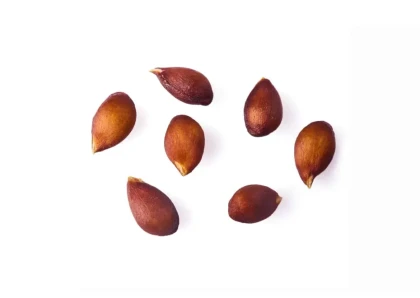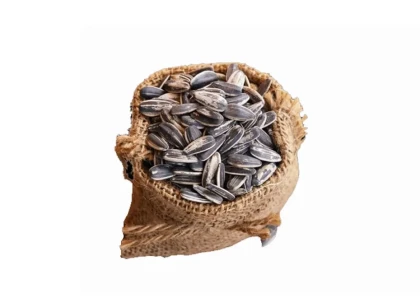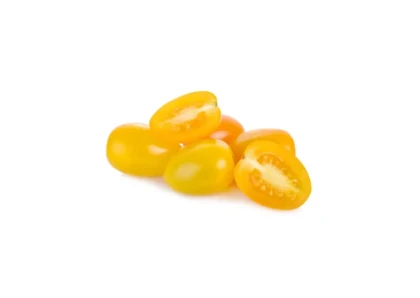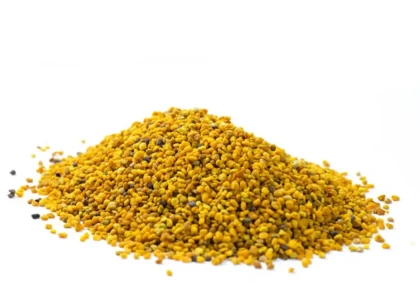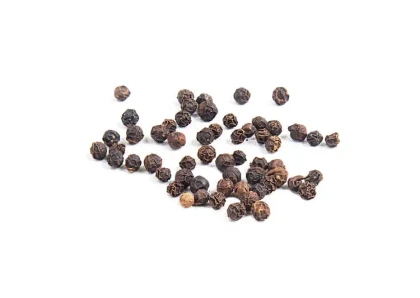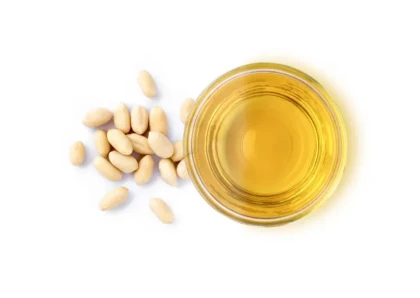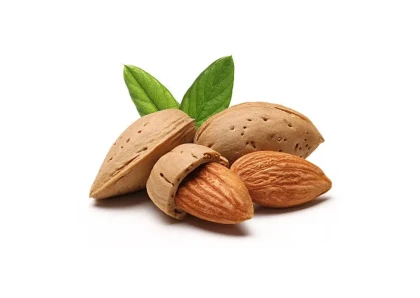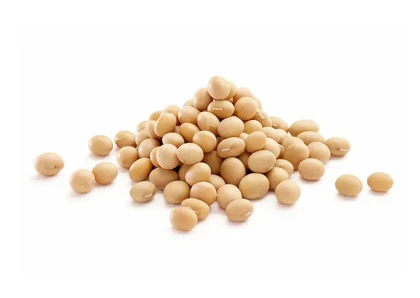
New Railroad Cross Ties
Overview
New Railroad Cross Ties, often made from hardwood such as oak, pine, maple, or hickory, refer to recently manufactured, high-quality timber components used in the construction of railway tracks. These ties serve as the foundation for rail lines, providing stability and uniform spacing for the rails.
These hardwood cross ties, including popular choices like oak, pine, maple, or hickory, offer exceptional strength, durability, and resistance to wear and tear. Their dense composition and inherent toughness make them ideal for withstanding the heavy loads and constant vibrations experienced in rail transportation.
The manufacturing process of New Railroad Cross Ties involves carefully selecting and shaping the hardwood into rectangular pieces that meet stringent industry standards. Oak, known for its density and durability, is a common choice for these ties due to its high load-bearing capacity and natural resistance to rot and pests. Pine, maple, and hickory are also utilized, each bringing its unique characteristics to the construction of railroad tracks.
By serving as the base for rail tracks, these hardwood New Railroad Cross Ties ensure the stability and alignment necessary for safe and efficient train operations. Their uniform spacing helps maintain the integrity of the rail system, promoting a smooth and reliable journey for passengers and cargo.
Utilizing hardwood species like oak, pine, maple, or hickory in the construction of railroad cross ties provides long-lasting performance and reduces the need for frequent replacements. Their strength and durability contribute to the overall longevity of the railway infrastructure, enhancing safety and reducing maintenance costs.
What are the different types of trees that are used for new railroad cross ties?
One prominent choice is hardwood, which includes varieties like oak, pine, maple, and hickory. These hardwood trees are favored for their exceptional strength, durability, and resistance to wear and tear. They possess dense and sturdy compositions that allow them to withstand the heavy loads and constant vibrations associated with rail transportation.
Oak is a widely used hardwood for railroad cross ties. Its dense nature and high load-bearing capacity make it ideal for withstanding the rigorous demands of railway tracks. Oak also boasts a natural resistance to rot and pests, contributing to the longevity of the ties and reducing the need for frequent replacements.
Pine is another commonly utilized hardwood in the construction of railroad cross ties. Known for its strength and availability, pine ties exhibit favorable properties such as dimensional stability and resistance to decay. These traits make pine a reliable choice for supporting rail lines.
Maple, with its dense and robust wood, also finds application in railroad cross ties. Maple ties possess high strength-to-weight ratios, providing an optimal balance between durability and manageability during installation.
Hickory is yet another hardwood species that can be utilized for new railroad cross ties. With its exceptional strength and hardness, hickory ties offer longevity and reliability in railway infrastructure. They demonstrate excellent resistance to wear and tear, making them suitable for enduring the challenges of heavy train traffic.
While hardwood species like oak, pine, maple, and hickory are prevalent in railroad cross tie production, it's important to note that the choice of tree species can vary based on factors such as local availability, regional preferences, and specific project requirements. These trees are carefully selected for their qualities, ensuring that the resulting cross ties possess the necessary strength and durability to withstand the demanding conditions of railway operations.
What are the ideal size and applications of new railroad cross ties?
The ideal size of a new railroad cross tie depends on the type of train that will be using the track. The weight of the train, the speed of the train, and the frequency of train traffic will all factor into the ideal size of the cross tie.
In general, most cross ties are 6 inches thick, 8 inches wide, and 8 feet long. This size is a good compromise between strength and durability. It is also a size that is easy to work with and transport.
New railroad cross ties are used in a variety of applications, including:
- Mainline tracks: Mainline tracks are the main lines of a railroad network. They are used by long-distance trains that carry a lot of weight. The cross ties on mainline tracks need to be strong and durable to support the weight of these trains.
- Branch lines: Branch lines are smaller tracks that connect mainline tracks to other parts of a railroad network. They are used by shorter-distance trains that carry less weight. The cross ties on branch lines do not need to be as strong as the cross ties on mainline tracks.
- Industrial tracks: Industrial tracks are used by trains that transport goods within industrial facilities. These trains can be very heavy, so the cross ties on industrial tracks need to be very strong.
- Light rail tracks Light rail tracks are used by trains that carry passengers within urban areas. These trains are not as heavy as freight trains, so the cross ties on light rail tracks do not need to be as strong.
- Trailer parks: Trailer parks often use railroad cross ties to support the weight of trailers. The cross ties in trailer parks need to be strong enough to support the weight of the trailers and the people who live in them.
Benefits of new railroad cross ties
There are many benefits to using new railroad cross ties, including:
- Durability: Treated cross ties are very durable and can last for many years.
- Strength: Cross ties are strong enough to support the weight of trains.
- Cost-effectiveness: Cross ties are a cost-effective way to maintain railroad tracks.
- Environmentally friendly: Treated cross ties are made from sustainable wood sources.
Cons of new railroad cross ties
There are a few drawbacks to using new railroad cross ties, including:
- Treatment: Treated cross ties contain chemicals that can be harmful to the environment.
- Weight: Cross ties are heavy and can be difficult to transport.
- Installation: Cross ties can be difficult to install, especially in difficult terrain.
Treated options for new railroad cross ties
There are two main types of treatments used for new railroad cross ties:
- Creosote: Creosote is a petroleum-based preservative that is very effective at protecting cross ties from decay and insect damage. However, creosote is also a known carcinogen and can be harmful to the environment.
- ACZA: ACZA is an alkaline copper quaternary preservative that is less harmful to the environment than creosote. However, ACZA is not as effective at protecting cross ties from decay and insect damage.
Additional tips for new railroad cross ties
- When choosing new railroad cross ties, it is important to consider the type of train that will be using the track.
- Cross ties should be installed in accordance with the manufacturer's instructions.
- Cross ties should be inspected regularly for signs of decay or insect damage.
Where can I buy new railroad cross ties?
Discover high-quality new railroad cross ties at Forestry. Trust us to provide top-notch options that meet your new railroad cross ties needs. With our commitment to quality and customer satisfaction, find the perfect new railroad cross ties for your project. Contact us now to explore our extensive selection.
- We offer wholesale and bulk buying options for new railroad cross ties
- Wide variety of new railroad cross ties
- Variety of grades and treatment options
- Knowledgeable team
- On-time completion
- Satisfaction guarantee
Conclusion
New railroad cross ties are a versatile and durable material that can be used in a variety of applications. They are a cost-effective way to maintain railroad tracks and they can last for many years. However, it is important to consider the environmental impact of treated cross ties before making a purchase.
FAQs
- What is the lifespan of a new railroad cross tie?
- What are the maintenance requirements for new railroad cross ties?
- What are the environmental impacts of new railroad cross ties?
A new railroad cross tie can last for 20-30 years, depending on the type of treatment and the environment in which it is used.
Cross ties should be inspected regularly for signs of decay or insect damage. If any damage is found, the cross tie should be replaced.
Treated cross ties contain chemicals that can be harmful to the environment. However, ACZA-treated cross ties are less harmful than creosote-treated cross ties.
Compare Listings
Related Products
Questions & Answers
What do you want to know about this product?
Reviews (5)
Willy Woody
Sturdy Support for Reliable Rails
These wood ties provide excellent support for railway tracks. Their durability and treated wood composition ensure long-lasting performance.
TrackMaster 42
Dependable Crossties for Smooth Travels
I've witnessed firsthand the reliability of these railroad ties. Their treated wood construction and resistance to decay make them a solid choice.
GreenRail.com
Environmentally Conscious Tie Solution
These wood ties strike a balance between durability and eco-friendliness. Though susceptible to decay, their responsible sourcing and treatment ensure a sustainable option.
Coco
A Time-Tested Classic
I appreciate the traditional appeal of railroad wood ties. While regular maintenance is required, their authenticity adds character to the tracks.
RailMan@Fixer
Durable and Cost-Effective Choice
These railroad cross ties strike a perfect balance between performance and affordability. With proper treatment and care, they offer a budget-friendly solution without compromising quality





